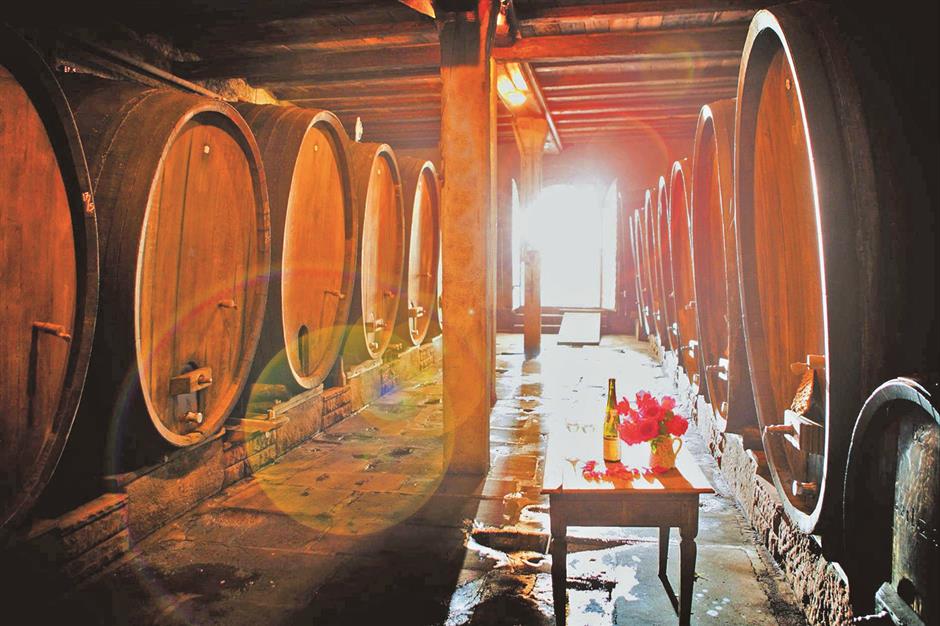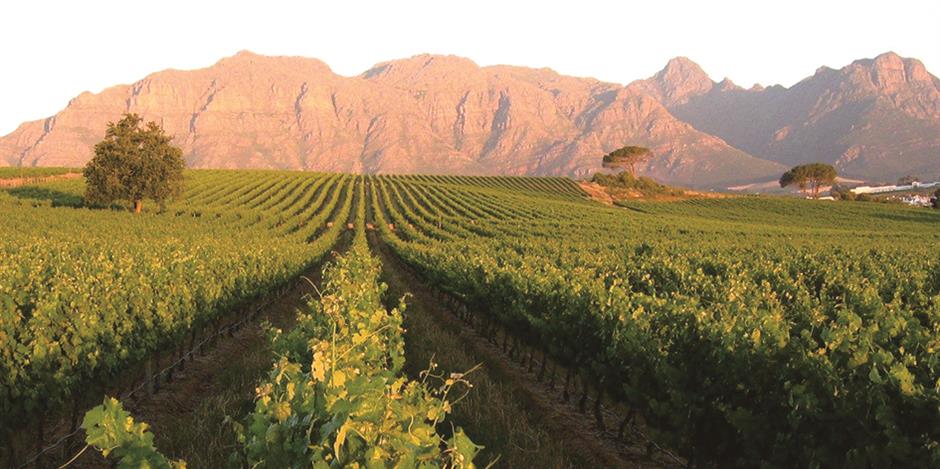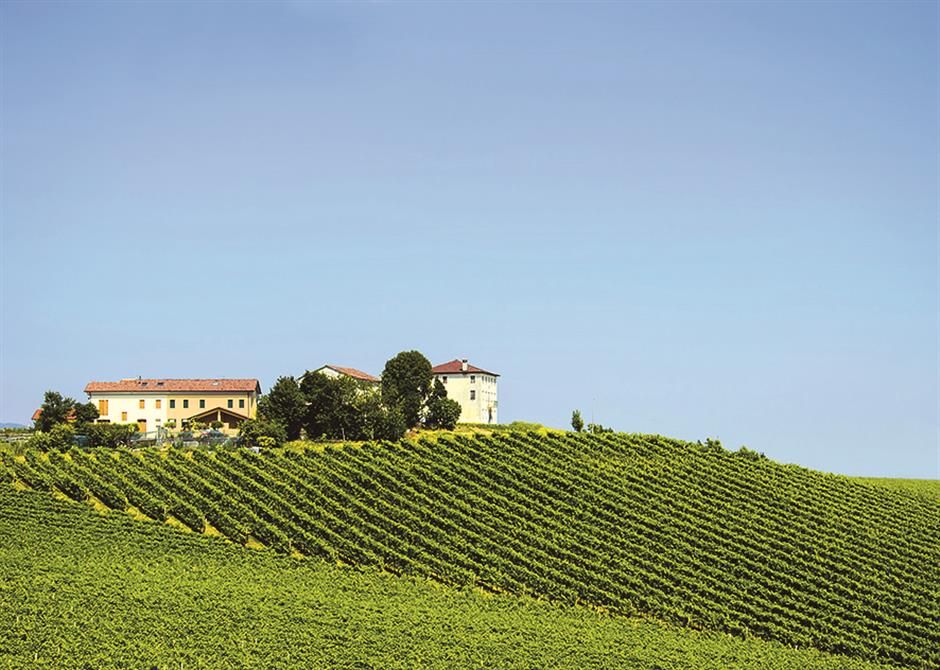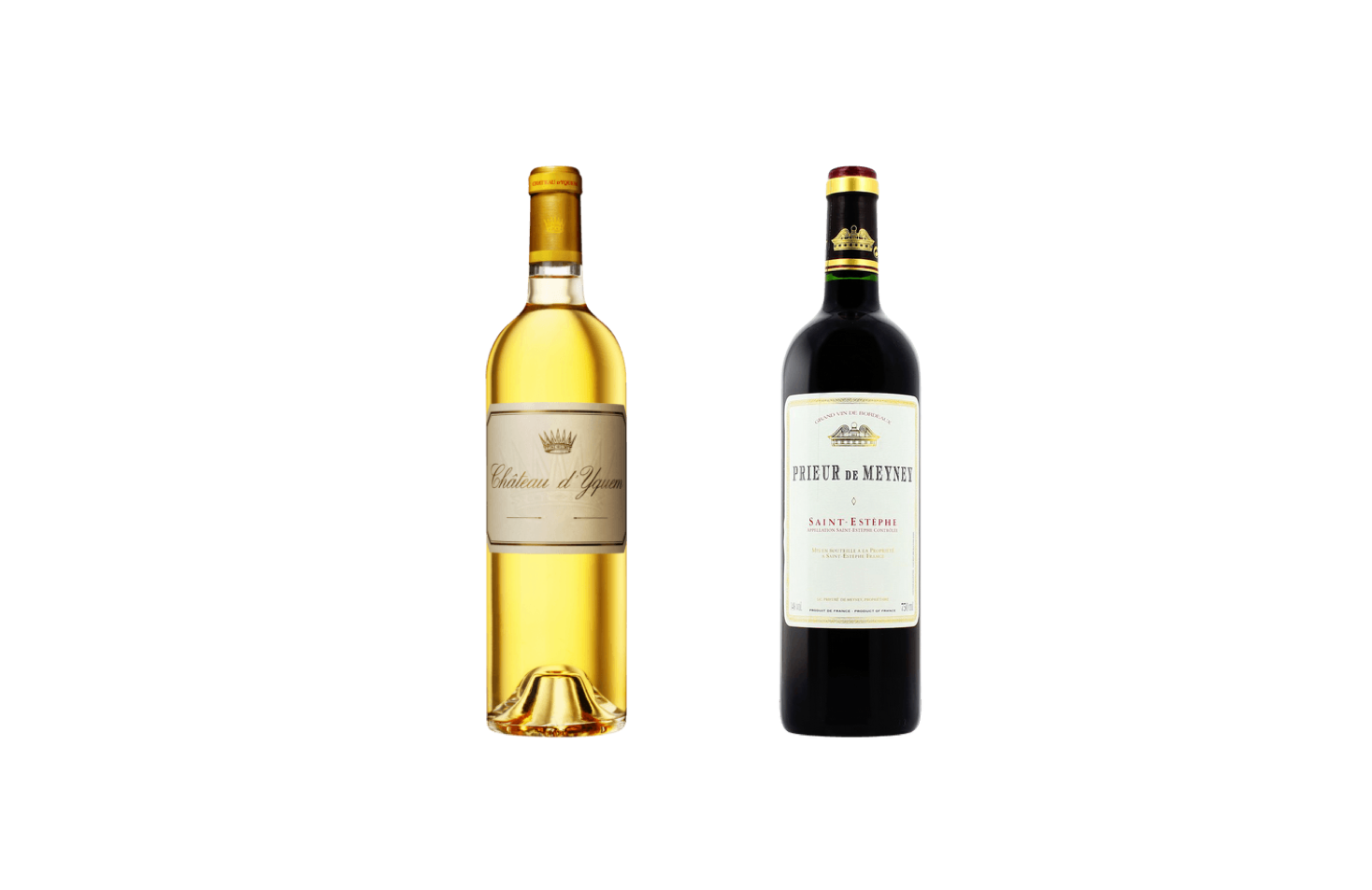Summary
This week I take liberty with the old proverb to infuse a bit of vino fun. The month of May is well under way but many of us in Shanghai are still unable to fully experience the floral beauty of this most blooming of months. Locked away in our own little worlds, the intoxicatingly beautiful aromas of May remain depressingly remote and distant.
Poet and agrarian enthusiast Thomas Tusser authored a collection of essays, “A Hundred Good Points of Husbandry.” Published in 1557, this work is most famous for the chapter “Sweet April showers bring May flowers,” a title that through the centuries morphed into the English vernacular as “April Showers become May flowers.”
Despite our present spatial limitations, we can still be inspired by Tusser’s words and experience some of sensorial delights of May flowers in a glass of wine. This is possible because many wines offer delightful floral aromas.

Modern winemakers understand the science of aromas and as a result are able to make wines with attractive aromas. One of the most desirable aromatic compounds is monoterpenes, also referred to as terpenes for short. This compound is responsible for most of the floral aromatics in wines, so when you smell flowers in a wine you’re actually sensing the vaporized aromas of monoterpenes and other related compounds.
Some grapes have a penchant for making floral wines; think Sangiovese, Nebbiolo and Ruche reds and Torrontes, Muscat, Reisling and Gewurztraminer whites. The latter is my flowery springtime pick this week.
Gewurztraminer is a funky grape that’s famously difficult to pronounce. The name is German, many of the best the examples come from Alsace, France and the grape most likely originated in northern Italy. The ancient Traminer variety was most likely first cultivated around the small town of Termeno in the northern Italian region of Alto Adige. Also referred to as Italy’s Tyrollean Alps, this is a bilingual region where German is as prevalent as Italian. The German name of Termeno is Tramin and hence the grape gained its name of Traminer about a millennium ago.
The Traminer family of grapes is prone to mutation and sometime in the late 19th century a highly fragrant example of the grape appeared on the scene that became known as Gewurztraminer, literally “spice” or “perfumed” Traminer. Unlike its green-skinned genetic father, the Gewurztraminer grape has a spotty, dark pink skin. Despite showing great potential the new grape was not widely adapted until relatively recently. Part of the problem was a confusing plethora of different names including traminer musque, traminer parfume and traminer aromatique in France, traminer rosso and traminer aromatic in Italy and roter traminer in Germany. Though the word Gewurztraminer first appeared in 1870, it wasn’t until 1973 that this name was officially sanctioned by European wine authorities.
Gewurztraminer is also a viticultural nightmare. The vine buds very early, making them vulnerable to frosts, while harvest dates are late. The vines are also quite susceptible to pests and viral diseases.
Naturally high in sugar and low in acidity, Gewurztraminer winemakers face the juggling act of picking early to retain freshness while compromising the full development of aromas and flavors or harvesting later and risking an overly fruity wine that’s woefully deficient in acidity. However, when the winemakers get things right and nature cooperates, Gewurztraminer grapes make some of the world’s greatest and most unique white wines. Nowhere is this more true than in the far northeastern reaches of France.
Alsace
The best Gewurztraminer wines arguably come from Alsace, an elongated region between the Vosges mountains in France and the Rhine River across the border with Germany. The best vineyards are situated on the sloping foothills of the mountain range and feature a mix of sandstone, granite and volcanic soils. The soils and cool climate are most suited for white varieties like Riesling, Gewurztraminer and Pinot Gris.
Gewurztraminer is the second most planted grape after Riesling and makes wines ranging from bone dry to extremely sweet. The dry Gewurztraminers are golden colored wines that commonly offer lively rose and spice aromas and concentrated lychee and tropical fruit flavors with generous spicy sensations developing in a long complex finish. The distinctive qualities of a dry Alsatian Gewurztraminer wine make them the easiest wines to identify in a blind tasting.
On the other side of the Alsatian Gewurztraminers style spectrum are the noble rot Selection de Grains Nobles. These ultra sweet wines are amongst the headiest sweet wines in the world offering great viscosity with an oily-silky texture and powerful rose, honey and tropical fruit aromas and flavors.
Some of the best wine producers in Alsace with wines available in Shanghai are the domaines Weinbach, Hugel, Trimbach, Zind-Humrecht, Sparr, Barnes-Buecher and Kirrenbourg. Top Alsatian Gewurztraminer wines are quite age-worthy and when well-stored can be cellared for decades.
The exotic nature of Gewurztraminers makes them lovely companions to equally exotic cuisines. Whenever I have the opportunity to savor authentic Moroccan cooking, a dry Gewurztraminer is my go-to wine. These wines are also lovely with many Mideast, Indian, Thai and Malaysian dishes.
So whether you’re enjoying exotic dishes or just rejuvenating in the afternoon sunshine, I invite all readers to turbo power their May flower power by enjoying a glass or two of Alsatian Gewurztraminer.

Where to buy
www.rubyred.com.cn (website)
Weinbach Gewurztraminer Furstentum Grand Cru
Weinbach Gewurztraminer Les Treilles du Loup
www.vinehoo.com (website)
Sparr Gewurztraminer Sporen Grand Cru
Kirrenbourg Gewurztraminer Roche Granitique
Barmes-Buecher Gewurztraminer Selection does Grains Noble





